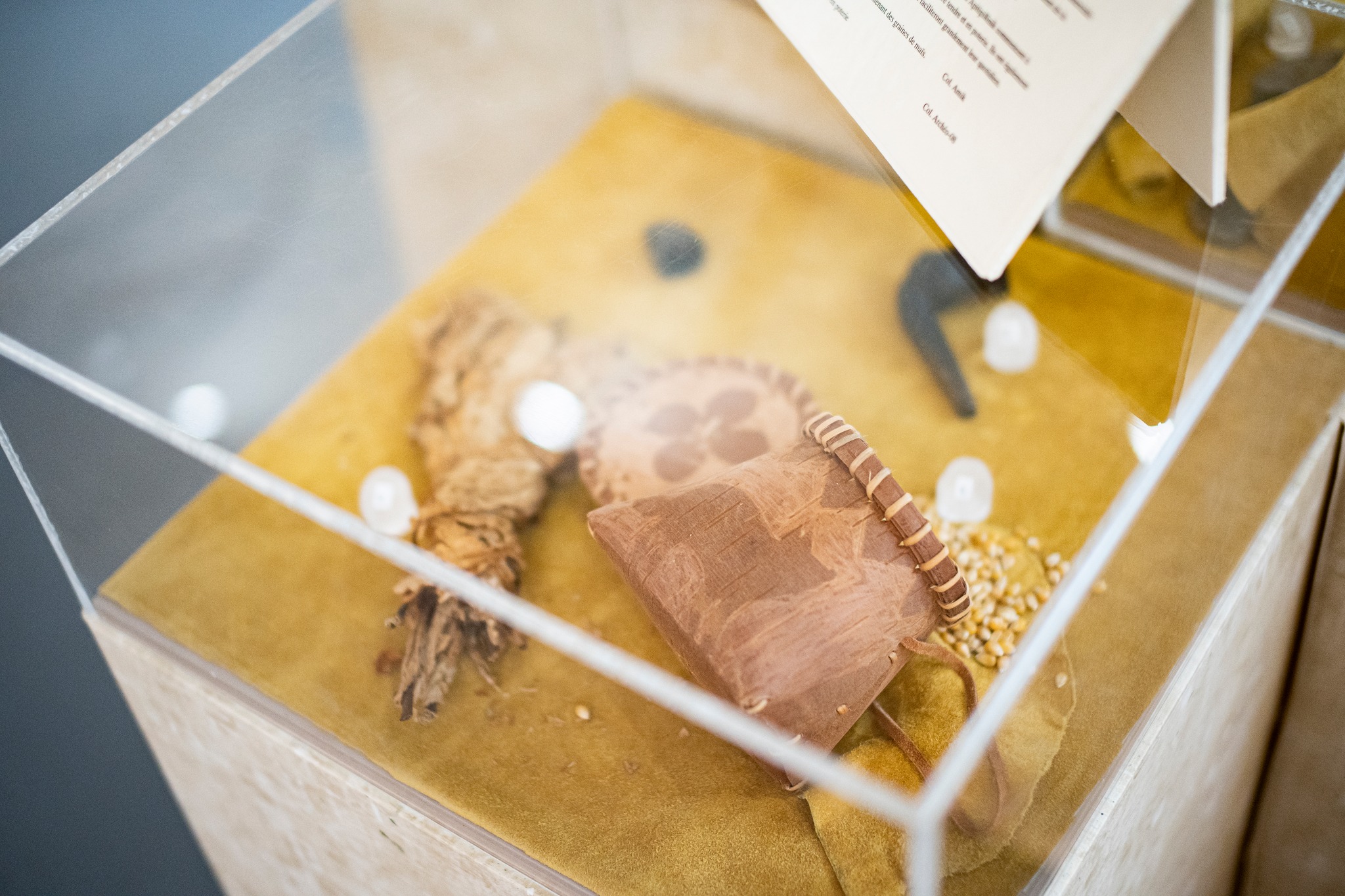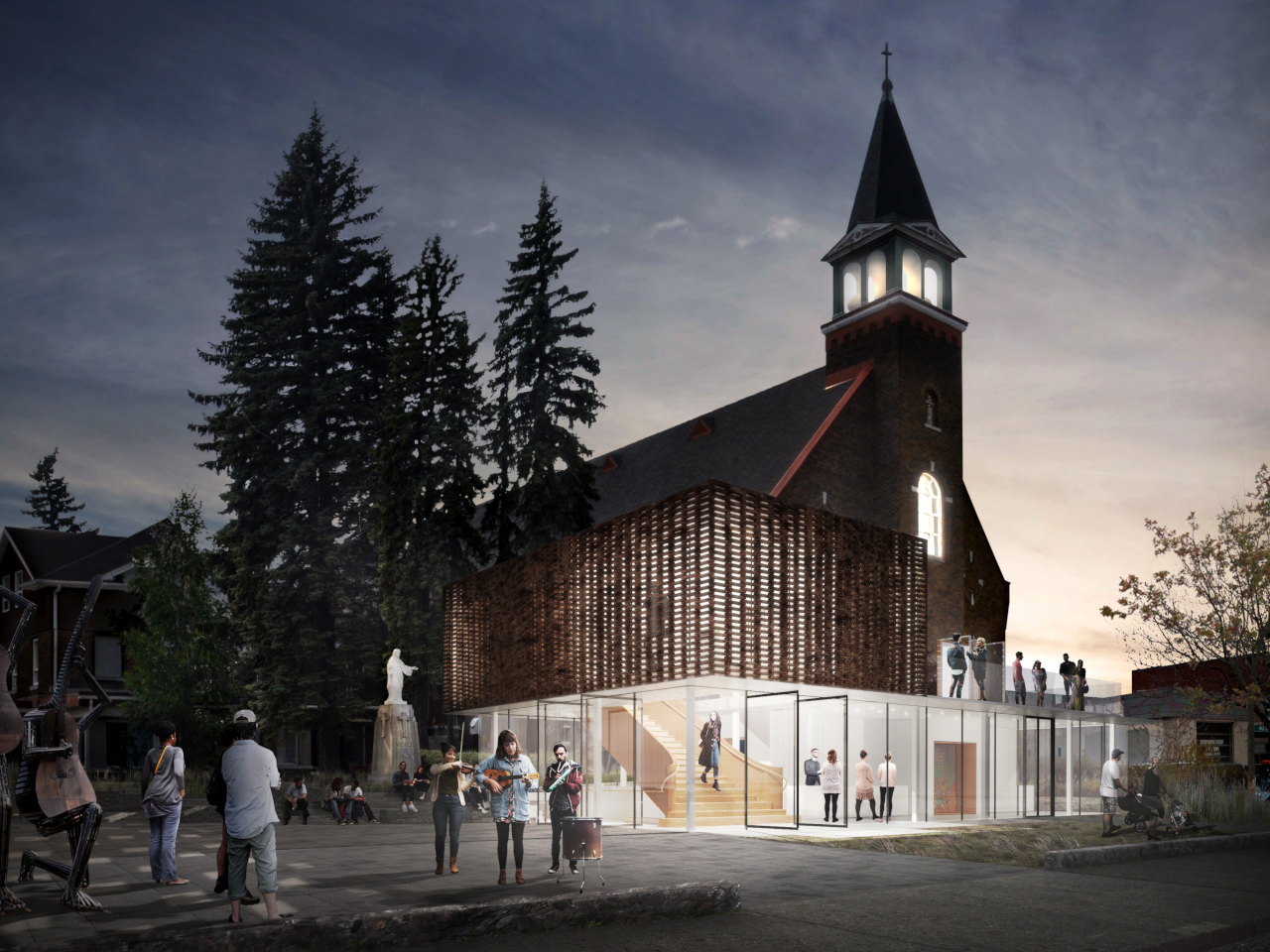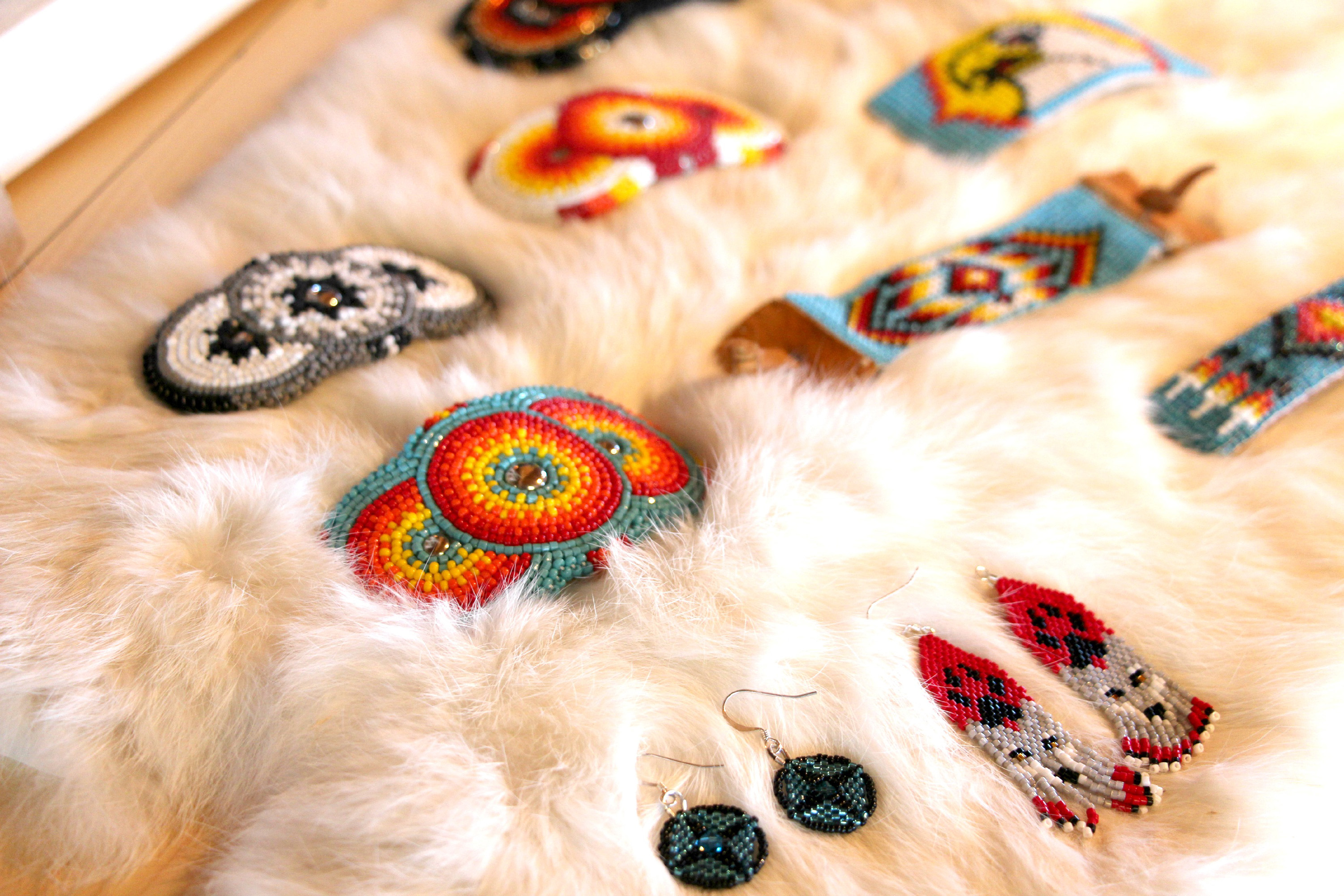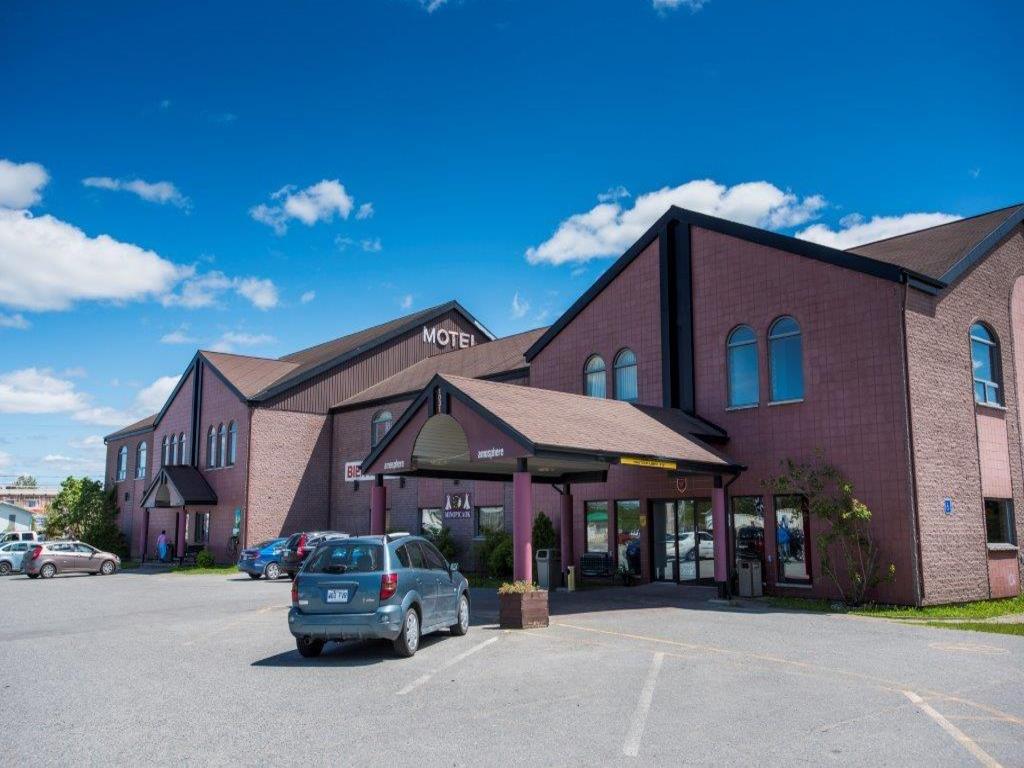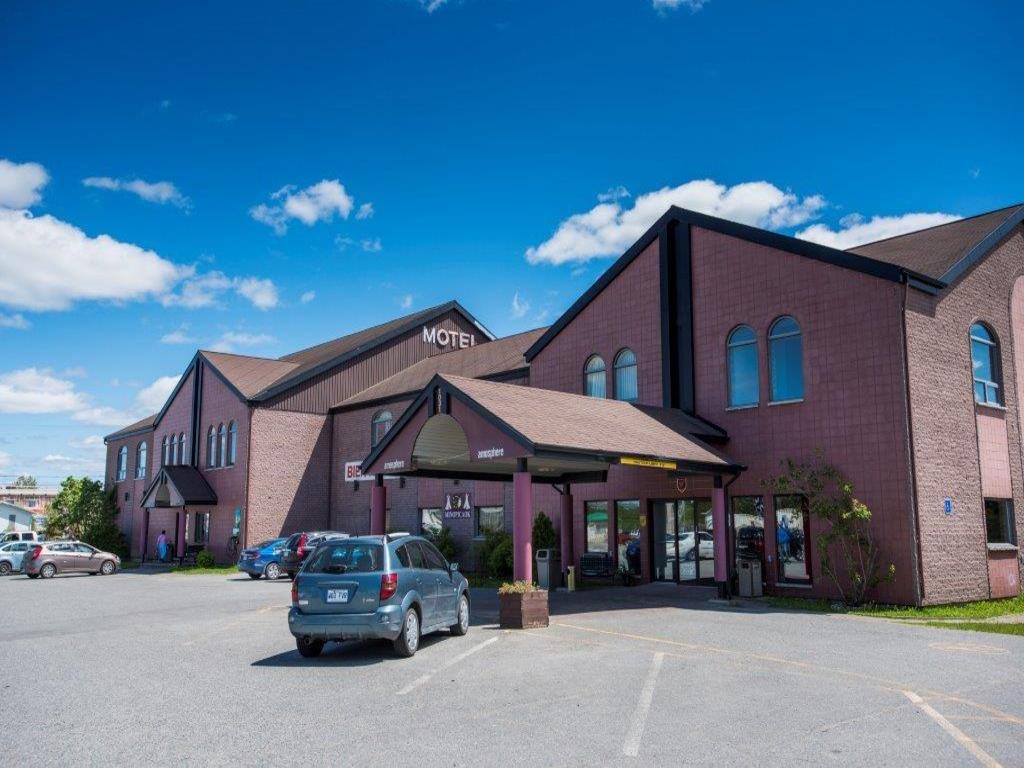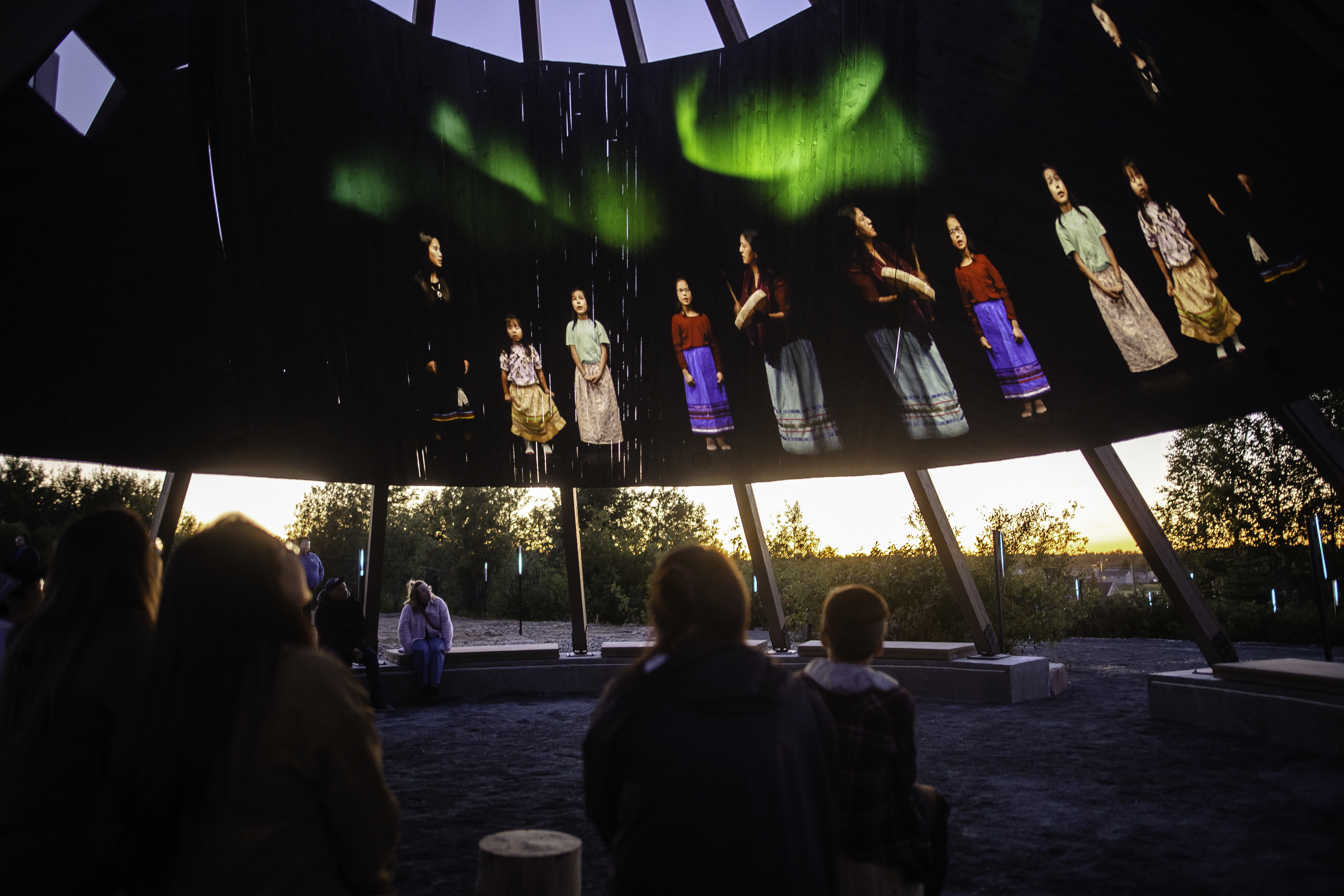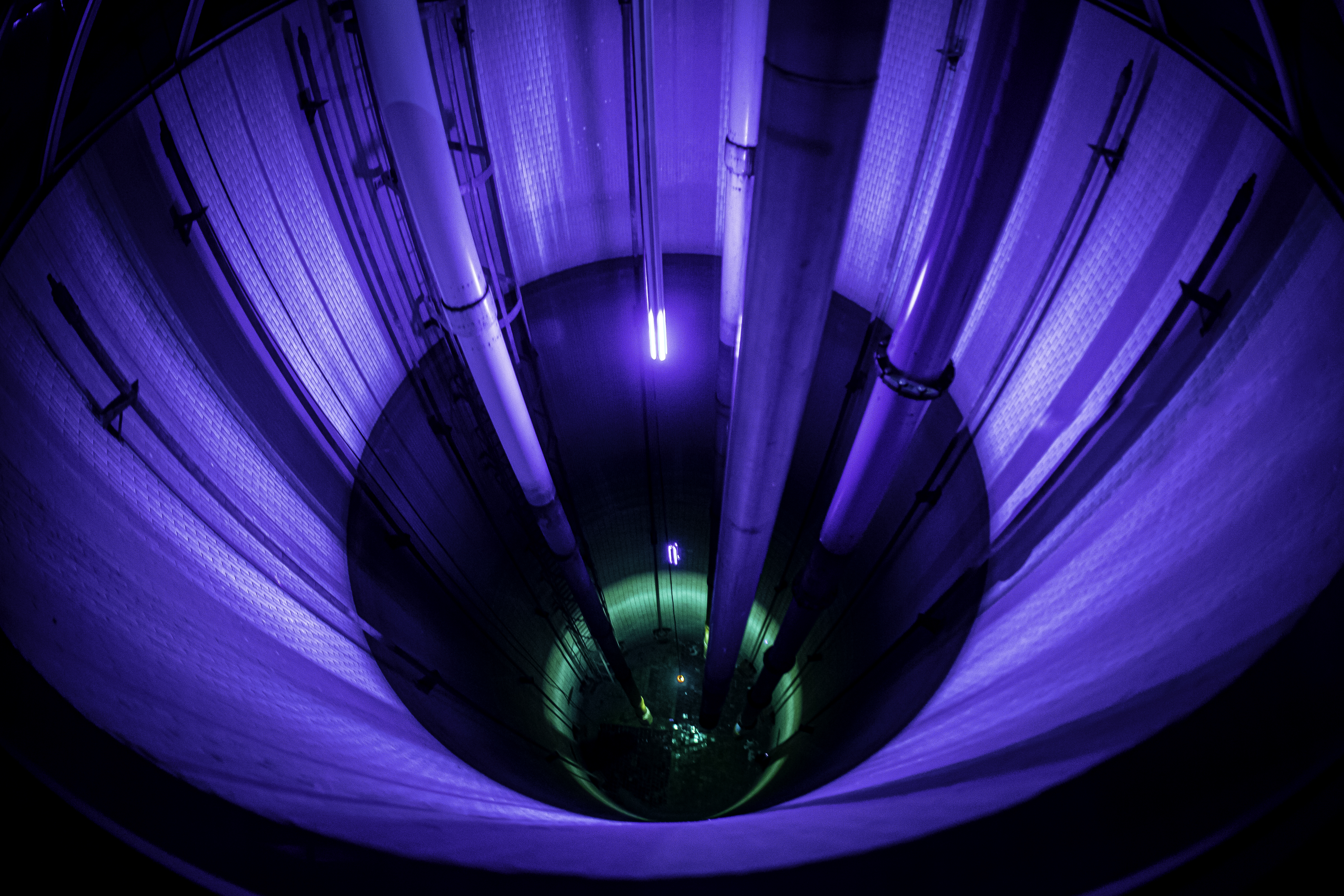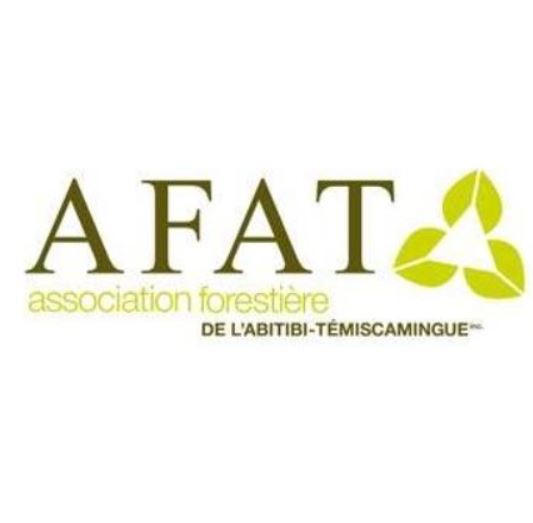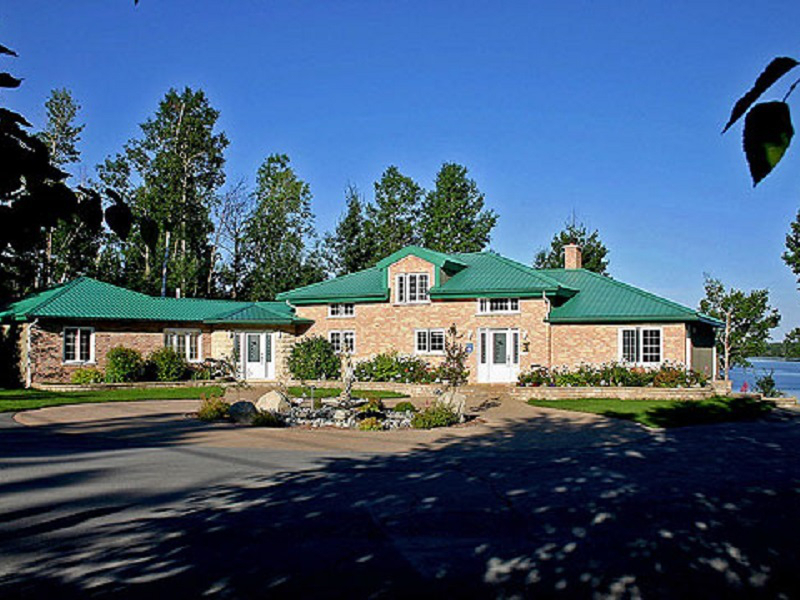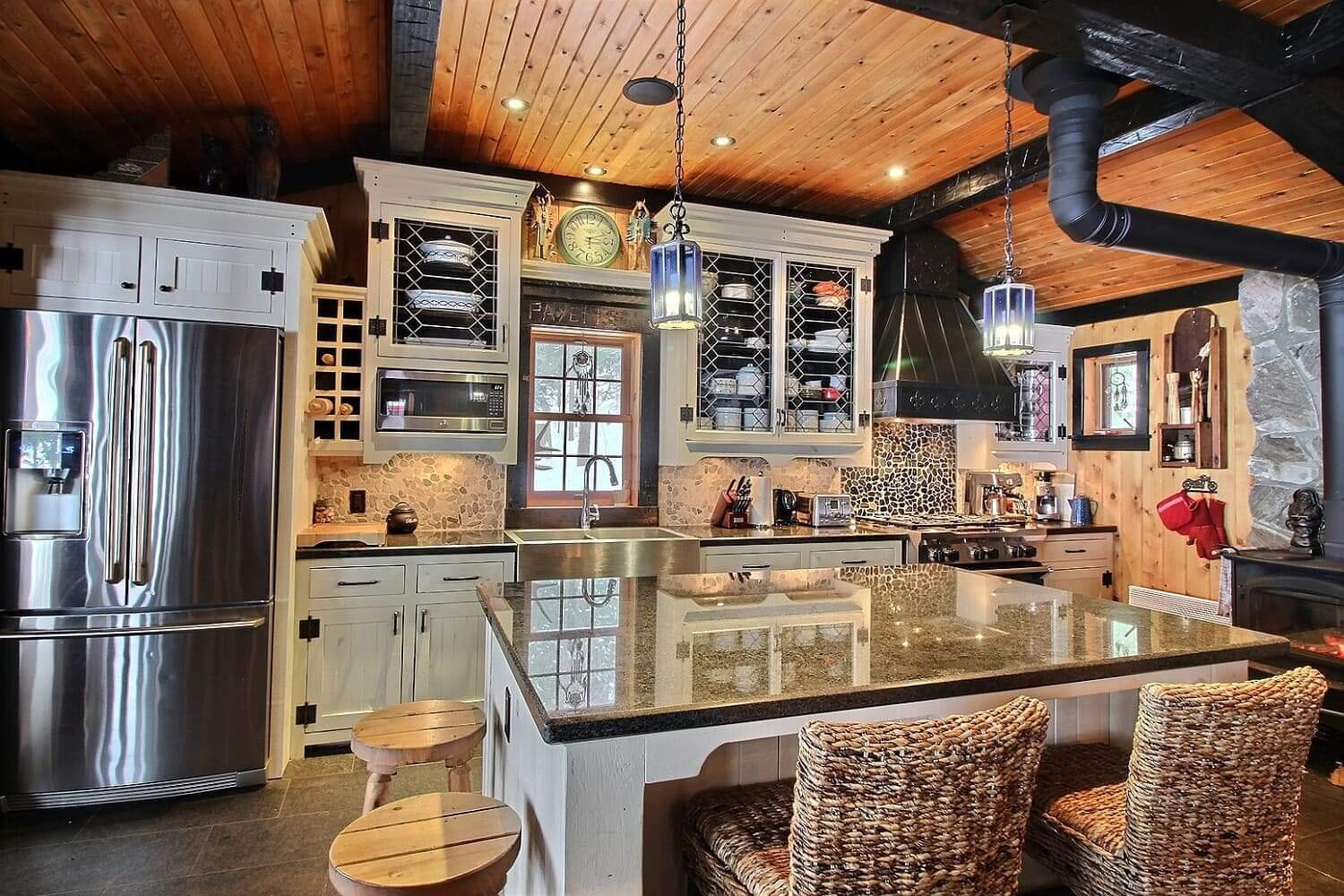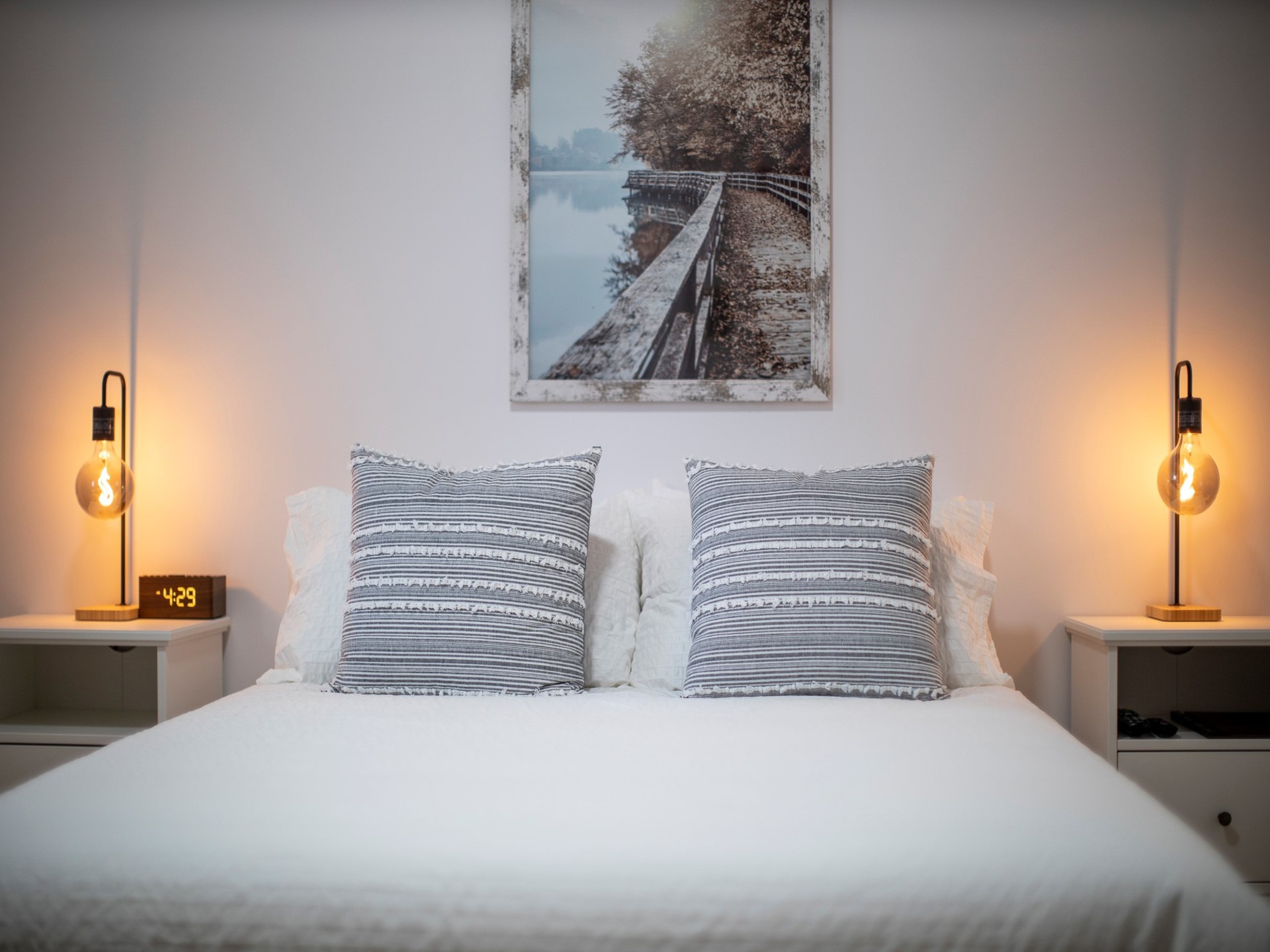written by France Lemire
This aquatic playing field had interested me for a while. Its tentacular streams with a thousand branching paths particularly appealed to me. I have always preferred paddling on rivers. I like to feel the forest surround me and to discover a natural treasure just around a meander. But, after experimentation, I ended up feeling the same exhilaration paddling on this reservoir that resembles an octopus. Its immense water surfaces are made of an impressive number of bays each more intimate than the next. In Témiscamingue, Réservoir Kipawa was my revelation of the year in 2011. Since then, I have gone back regularly to slide on its clear water. This time, the call of nature leads me to conquer the multiple curves of Réservoir Decelles, located astride between the MRC of Rouyn-Noranda and Vallée-de-l’Or. And, even more exciting, is that it is through the discovery of this magnificent corner of the region that I am introducing my partner to the intoxicating pleasures of a kayak-camping expedition.
Réservoir Decelles is a gigantic water surface of more than 200 km2 in size, 58 km long and 27 km wide, and constitutes a widening of the Ottawa River. At the beginning of the 1940s, the Noranda Power Co. built a dam on the upper stream of this important river, the Rapid-sept dam, south of Malartic. The level of the water then increased gradually, transforming the river into an imposing reservoir.


To avoid retuning in its furrows of water, you will need two cars. Starting from Malartic, 55 km on a forest road are necessary to leave a car near the Rapide-Sept dam to then continue with a second one for about fifty kilometres on the roads of Rapid-Sept (heading east) and the Carrière Bay until the point of departure, the boat ramp of the Carrière Bay camping grounds.
Considering the presence of outfitters at the access points, it is possible to request their services and thus avoid having to use two cars. We start our trip as the sun is at its zenith by paddling due south for a good hour and a half before heading slightly west.
This water surface boasts numerous islands and peninsulas, some of which divide it in two major zones and offer a large variety of landscapes. Réservoir Decelles is known for the excellence of its walleye, northern pike, whitefish, and yellow perch fishing. On the water, the fishers travel on motorboats but without bothering us, paddlers, fans of tranquility.
To cross the reservoir from the north-east to the north-west, an obligatory passage southward leads to a series of islands bordered by magnificent beaches. It is on the smallest of them that we touch land after an exhausting afternoon paddling against the wind. How happy we are right then! Here is a small, enchanting site for the two fans of wilderness camping that we are.
After a copious diner, a couple of paddle strokes are still required to satisfy my fisher of a partner and cast a line from our kayaks. Back to the camp, empty-handed, we wait for nightfall, hoping to see the spectacle of the northern lights.
When we wake up, the day promises to be perfect: the sun is shining, the lake is perfectly still. A quick bite and we’re good to go! Our journey brings us to discover the southern part of the reservoir where we go around some large islands bordered by mountainous flanks and dotted with rocky outcrops. This part of the journey offers an untouched natured and landscapes of an absolute beauty.
Back close to our site of departure for the day to find our camp, we select a large island on the map. Upon seeing it, I shout with joy from the water, excited by the impressive size of the beach. Setting foot on it, we notice traces of a black bear. After a close inspection of the site, we set up for the night on this oasis, taking care to hang our food in a tree to avoid attracting the beast. We witness a superb moonrise and, needless to say, the fire crackles late into the night, maintained by two satisfied lovers.
With our tents taken down and our kayaks loaded, one last morning swim and we’re on our way. At the middle of the water way, on the old bed of the river, the idea of gliding on top of a chain of submerged rapids fascinates me. This same passage was one of the main navigation routes at the time of the fur trade, with numerous portages that made life difficult for many fur traders.
For this last day of kayaking, the true adventure begins about a hundred metres past the point of rapid 13. We then find ourselves in a vast section of the reservoir sprinkled with hundred of tree trunks, half or completely submerged, remnants of the period when the reservoir was put up. An austere view for Mario, but typical for me, we start this true obstacle course vigilantly, with a smile on our faces, trying our best not to capsize.
After a long day of kayaking, the hamlet and the dam of Rapide-Sept rise in front of our eyes in the north-west extremity of the reservoir, announcing the end of our journey. Mario confesses his new-born passion for kayak to me, but especially his love for this magnificent, intimate, and close-at-hand site.


